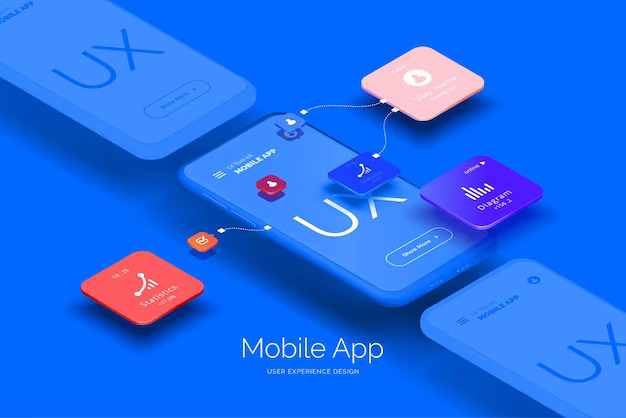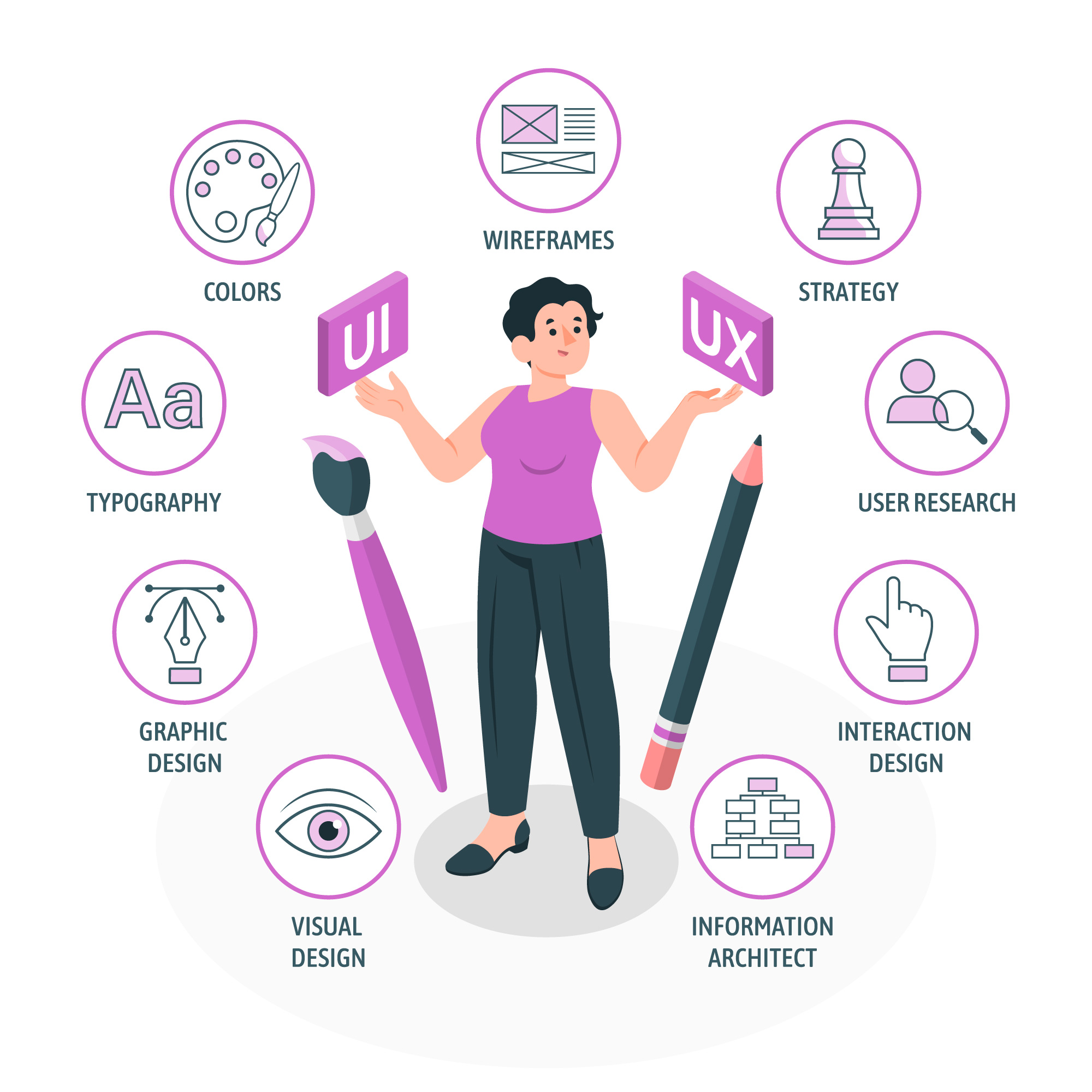Unlocking Success: 7 Revolutionary Techniques for Exceptional User Experiences That Every UI-UX Designer Must Learn
UI-UX designers are essential to the constantly changing field of digital design since they shape user experiences. It’s crucial to grasp important tactics if you want to succeed in this industry and design outstanding user interfaces. The comprehensive manual “Unlocking Success: 7 Game-Changing Strategies Every UI-UX Designer Should Master for Exceptional User Experiences” helps designers advance their abilities and produce exceptional work. Let’s examine each tactic in more detail and see how it may be used to achieve success in the ever-changing field of UI/UX design.

User-focused design:
Understanding and giving the end user’s needs first priority is the cornerstone of excellent UI-UX designer. It is important for designers to put themselves in the shoes of users, understand their problems, and create user interfaces that solve these issues. A user-centric approach includes doing user research, constructing user journeys, and establishing user personas. Designers can develop interfaces that resonate with the intended audience and ensure a seamless and delightful experience by always putting the user first.
Designing for mobile first:
Designing for smaller screens has become essential as mobile devices become more commonplace. Giving the mobile user experience first priority before scaling up to larger devices is known as the “mobile-first” design approach. This approach makes ensuring the UI stays functional and user-friendly on a range of devices, accommodating the different ways users engage with digital platforms. Designers may produce responsive designs that adjust to various screen sizes and improve accessibility and user happiness by putting the mobile user experience first.

Visual identity and branding that are consistent:
Establishing a unified visual identity is essential to increasing brand awareness and credibility. UI/UX designers should become experts at consistent branding by matching visual components with the brand’s identity, such as color schemes, typography, and artwork. This tactic helps create a cohesive and well-polished user interface in addition to enhancing brand memory. Designers can enhance the overall user experience by establishing a sense of familiarity and reliability through the use of a consistent visual language.
Prioritizing accessibility:
It is imperative that accessibility be taken into consideration while designing UI-UX experiences. To make sure that their interfaces are usable by people with a range of skills and disabilities, designers need to be experts in the concepts of inclusive design. This entails taking into account things like utilizing readable typefaces, offering alternate text for photos, and creating navigational frameworks that are simple for screen readers to navigate. Through putting accessibility first, designers reach a wider audience and promote great user experiences for all users, all of which lead to a more inclusive digital world.

Making Decisions Based on Data:
Data is essential in the fast-paced field of digital design. UI/UX designers should become experts in making decisions based on data by utilizing analytics software, user input, and usability testing. Designers may ensure that their interfaces meet user expectations by iteratively refining and optimizing them based on ongoing analysis of user behavior and preferences. With the help of this approach, designers may make well-informed choices, refine their work in light of practical observations, and eventually create experiences that appeal to the intended audience.
Animation and Microinteractions:
Animations and microinteractions have a big impact on user happiness and engagement. Gaining proficiency in the thoughtful application of little animations and microinteractions can improve the user experience in general by offering visual cues, assisting users with procedures, and introducing a playful element. Designers want to concentrate on producing animations with a purpose, such highlighting interactive components or signaling the completion of a load. Designers may give interfaces personality and produce memorable user experiences by adding deliberate microinteractions.

Getting Used to New Technologies:
Keep up with developing technologies and design trends, UI/UX designers, to stay relevant in a field that is changing quickly. Gaining proficiency with emerging technologies, such voice interfaces and augmented reality (AR), creates novel opportunities for developing state-of-the-art user experiences. Through the proactive adoption of developing trends, designers establish themselves as progressive experts, able to create interfaces that satisfy present requirements while also anticipating the needs of users in the future.
Strategies For Every UI-UX Designer:
UI-UX Designers can follow the path outlined in “Unlocking Success: 7 Game-Changing Strategies Every UI-UX Designer Should Master for Exceptional User Experiences” to become industry leaders. In the dynamic and constantly changing field of digital design, UI-UX designers can unlock the keys to success and produce outstanding user experiences by embracing user-centric design, giving mobile experiences top priority, upholding consistent branding, stressing accessibility, depending on data-driven decision-making, utilizing microinteractions, and adjusting to emerging technologies.




